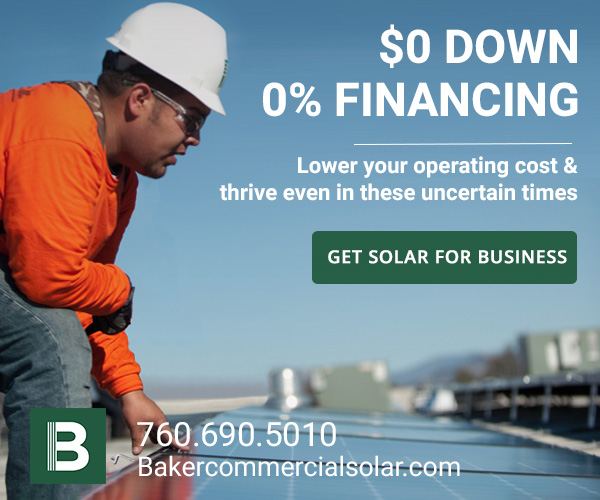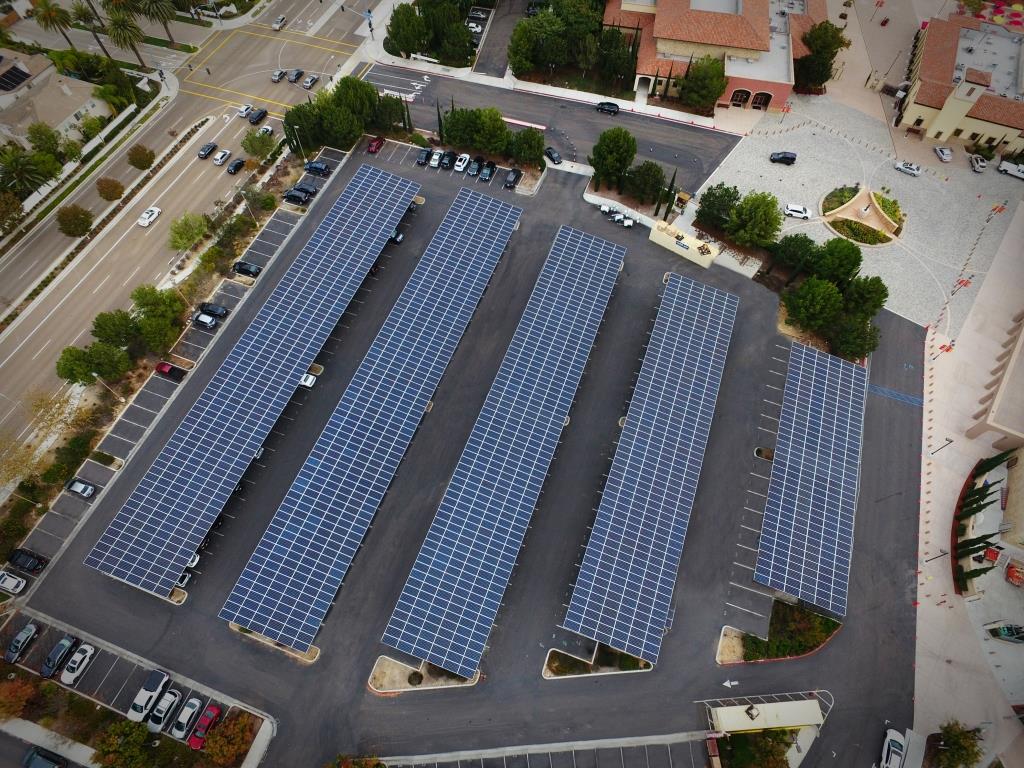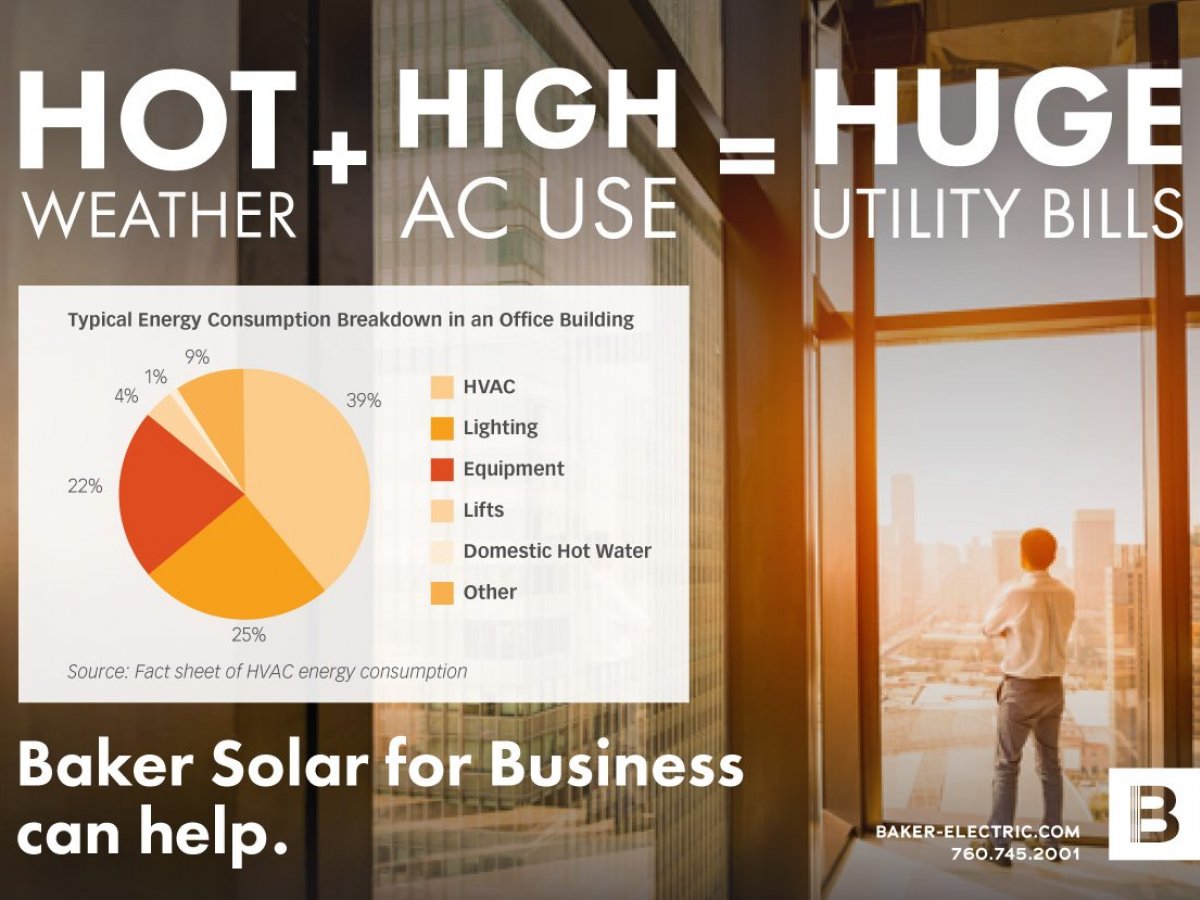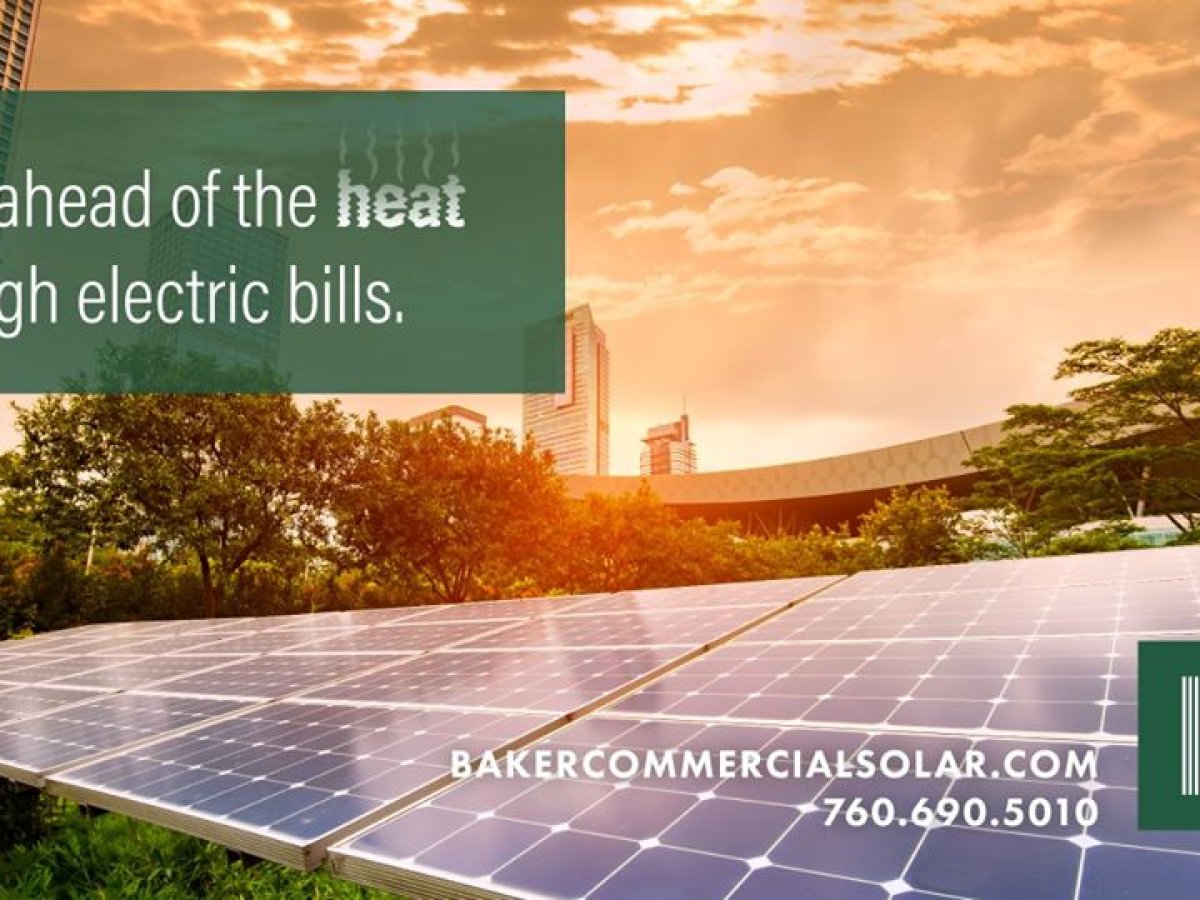Installation of commercial solar can reduce energy costs and save your business from huge utility bills. Most of the businesses in Southern California are going solar to generate electricity due to increasing concerns regarding the environment and energy cost savings. Get solar for your business today.
How Do Solar Panels Work?
The sunlight is captured by solar panels with the help of photovoltaic (PV) cells and converted into electricity. The inverters connected to solar panels convert direct current (DC) to alternating current (AC). This electricity can be used to run your business operations.
Why Businesses Must Go Solar?
The biggest benefit of having solar panels installed is that you will save on electricity costs. If your custom solar system is fitted properly, you can produce more than sufficient electricity to fulfill your business’s requirements. You will also be able to reduce your carbon footprint.
Follow these 10 steps to increase the energy efficiency of your business or organization and beat your huge electric bills by going solar. These tips can help you in the short-term as well as long-term energy savings.

1. Get An Energy Audit
The word “audit” gets your heart racing. Although it might not seem, however, it is a good thing as far as your business energy costs and usage is concerned. Baker Commercial Solar Savings Calculator can help you to calculate how much you can potentially save by going solar by just entering your monthly electric bill. We can assist you to understand where your money is going every month, as well as the way to grow energy efficiency and decrease electric bills.
2. Get Solar For Your Business
Going solar can help your business reduce operational costs. It saves you from huge utility bills and provides you a great return on investment. It would be a strategic financial decision that will prove beneficial for your business or organization.
3. Turn Off Lights and Equipment When Not in Use Even After Going Solar
- The amount of energy that computers, monitors, printers, and other devices consume when not in use but still left on is surprising. It means you are paying for the electricity when you are not even using it.
- Make sure all the idle equipment in your office is either in “sleep mode” or turned off completely. Similarly, flip the OFF switch on breakroom devices including microwaves, coffeemakers, radios, and TVs.
- What you can do to reduce hassle is to plug all the energy-sucking equipment into a single power strip, which you can turn off and all the equipment will be shut down simultaneously with just one push.
4. Use Natural Sunlight and Save Energy
Use the sunshine! Manage your lighting needs during the day by making the best use of daylight and other natural light sources. Open the blinds around your workspaces to see which areas are perfectly lit and hence don’t require any extra lighting.
5. Install Long-Lasting Compact Fluorescent Light (CFL) Or Light-Emitting Diode (LED) Bulbs
- After going solar, use CFL or LED bulbs to save more energy which creates a huge difference in your monthly bills.
- You can save your business some amount every month if, for example, 60-watt bulbs that are on for 10 hours a day will be replaced by 18-watt energy-efficient bulbs.
- Do this for a year and you will be surprised to see the amount that you are saving.

6. Use Motion Detectors and Automatic Dimmers After Going Solar
- About 20% of the electricity used in U.S. commercial buildings is used to fulfill the lighting requirements. When, where, and how you use the lighting in your workplace can result in huge savings.
- Install motion detectors in corridors, meeting areas, and other spaces that don’t need to be lit all the time. Instead, use automatic dimming controllers that measure and adjust to the light levels required.
7. Install Programmable Thermostats and Use Them Wisely
- You can automatically adjust your workplace’s temperature when it is not being used with the help of a programmable thermostat.
- Adjust the setting so that the AC or heat gets on half an hour before people arrive and is shut down sometime before they leave.
- You can also set your thermostat according to the warmer or cooler weather months. You can decrease the power by up to 10% if you keep your office temperature just 1-degree cooler during winters and 1 degree warmer during summers.
8. Keep The Heat In (Or Out) With Screens, Film And Weather-Stripping
- Windows can cost you energy and money. Sun’s light and heat enter your office which makes it more expensive to cool in warmer weather.
- Try window treatments such as solar screen window shades, awnings, and high-reflectivity window films to decrease heat gain and increase energy efficiency.
- You can save energy by adding or replacing weather-stripping, caulk, or foam around your windows and doors.
9. Purchase Energy-Efficient Office Equipment
- Get equipment including computers, monitors, printers, fax machines, scanners, and copiers that can work efficiently and automatically power down when inactive for a longer time. After going solar, you can save an extra 50% more energy if you handle these power-hungry devices well.
- Your old heater or air conditioner could also draw unnecessary power, and cost you money if it is not working at maximum efficiency. Make sure to replace your old heaters and AC units with energy-efficient models.
10. Keep Your HVAC Systems Running Smoothly
Make sure to keep changing the filters on your Heating Ventilation and Air Conditioning (HVAC) equipment connected with solar and inspect and clean the units often. Don’t let the spaces in front of vents be blocked because as much as 25% more energy is needed to distribute air if your vents are blocked.
Conclusion:
Even if your business is doing its part as far as energy efficiency is concerned, yet there is always room for improvement by going solar. Follow these steps to decrease business energy costs and let the organization compete and succeed.













